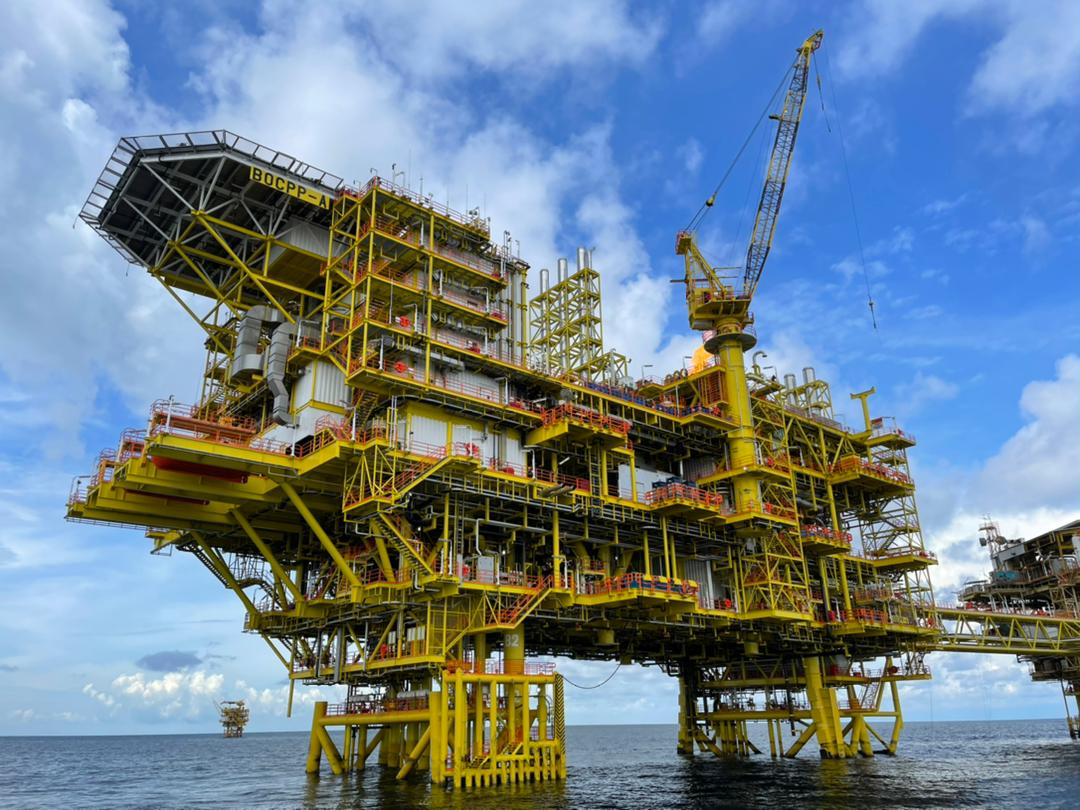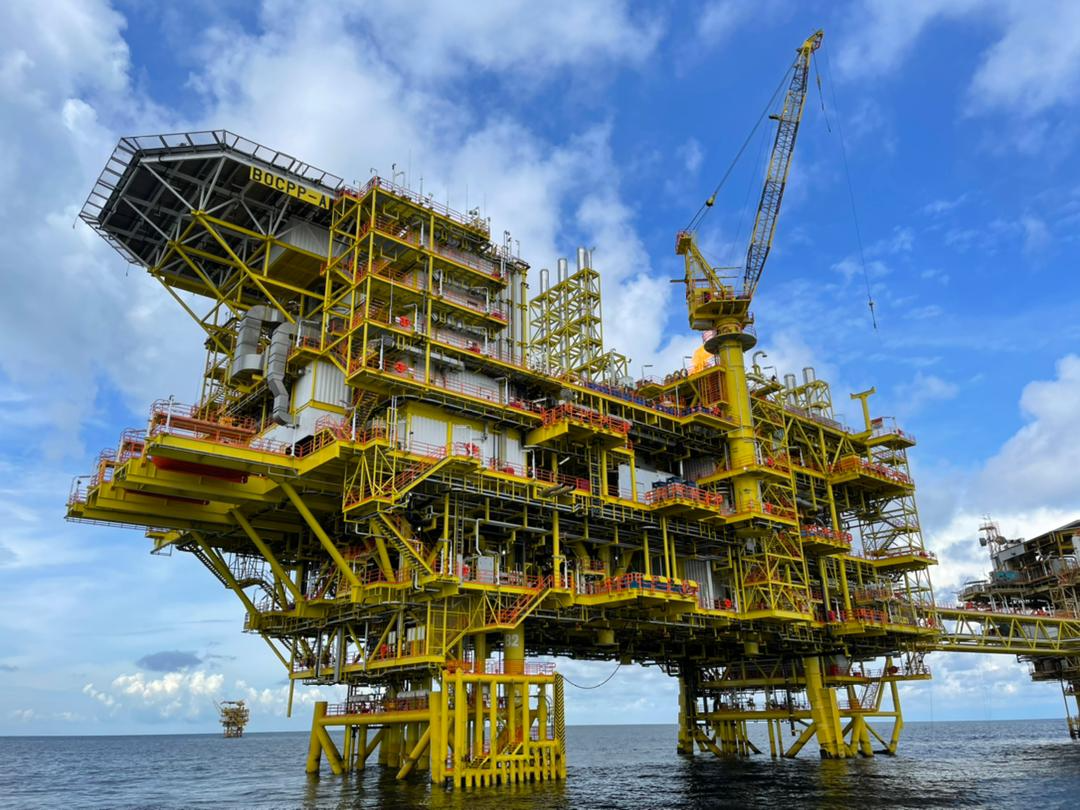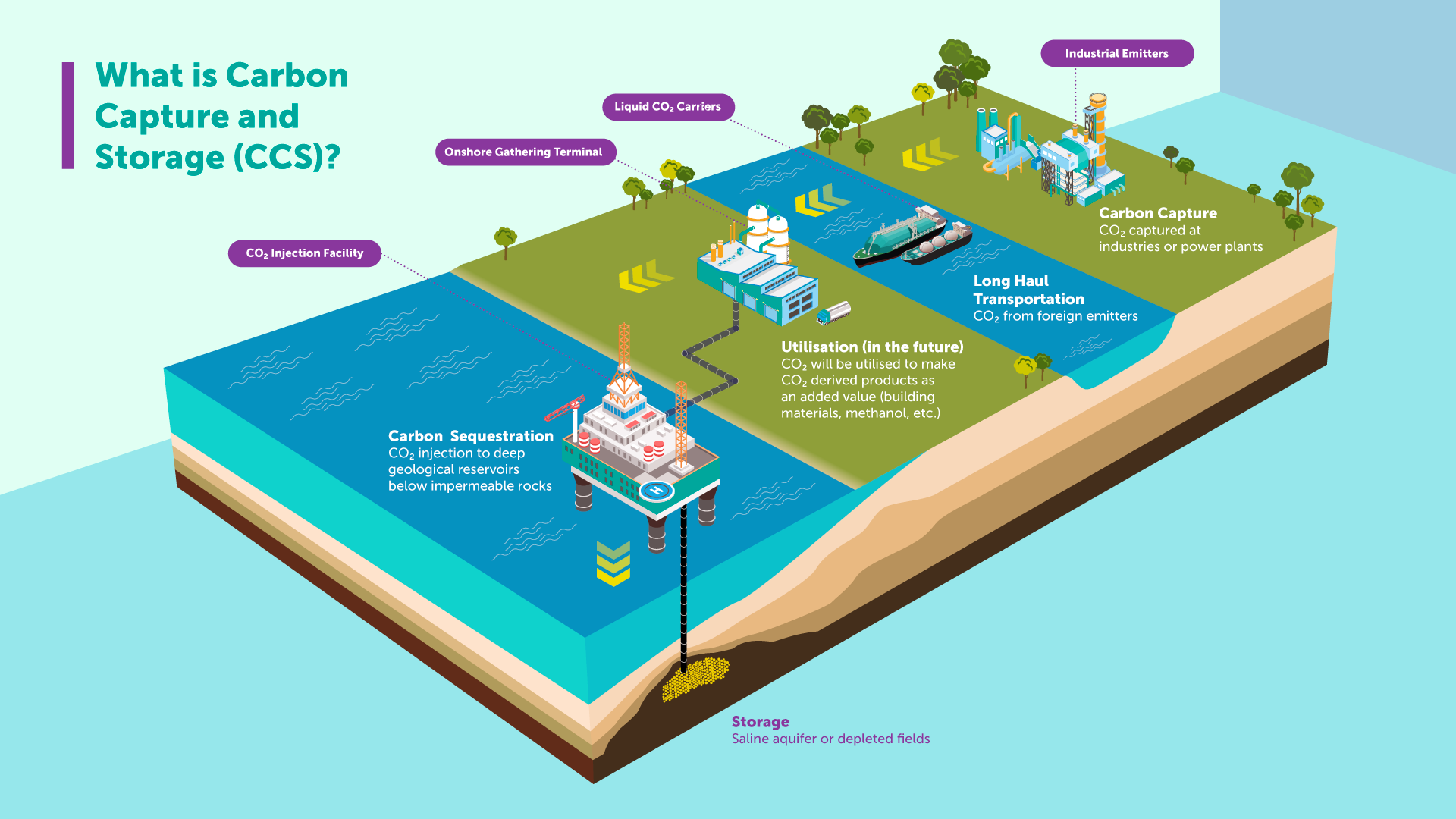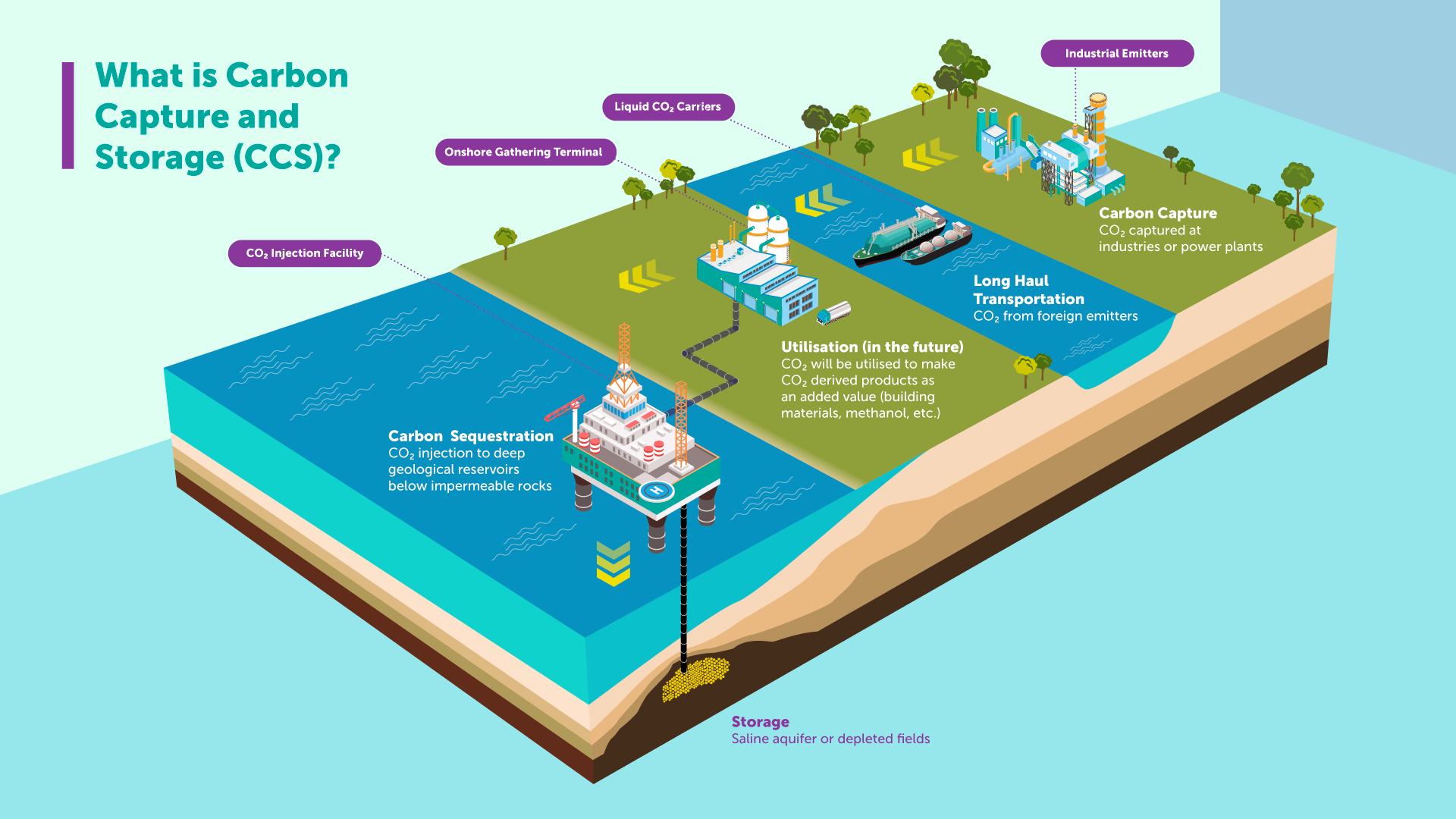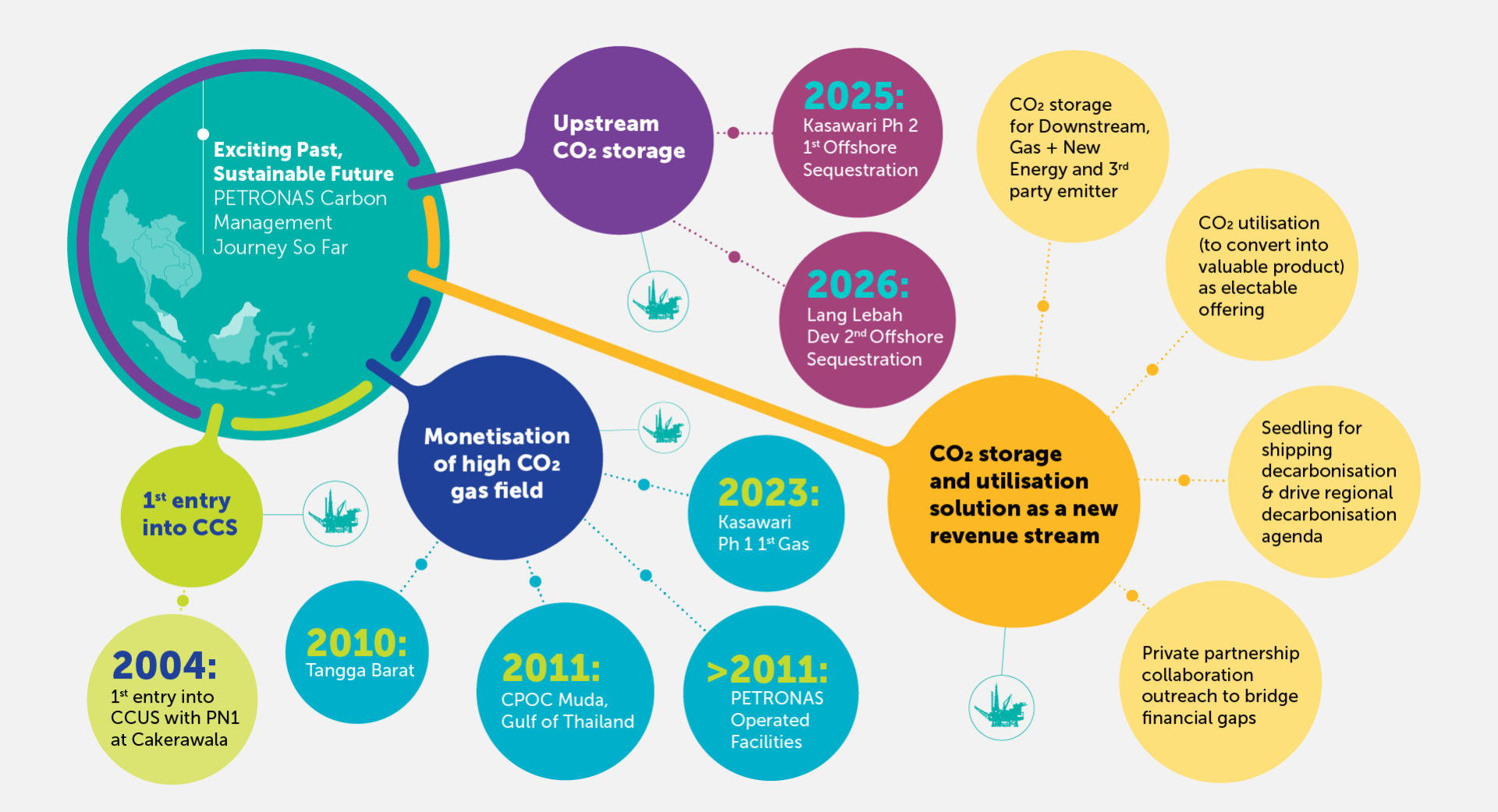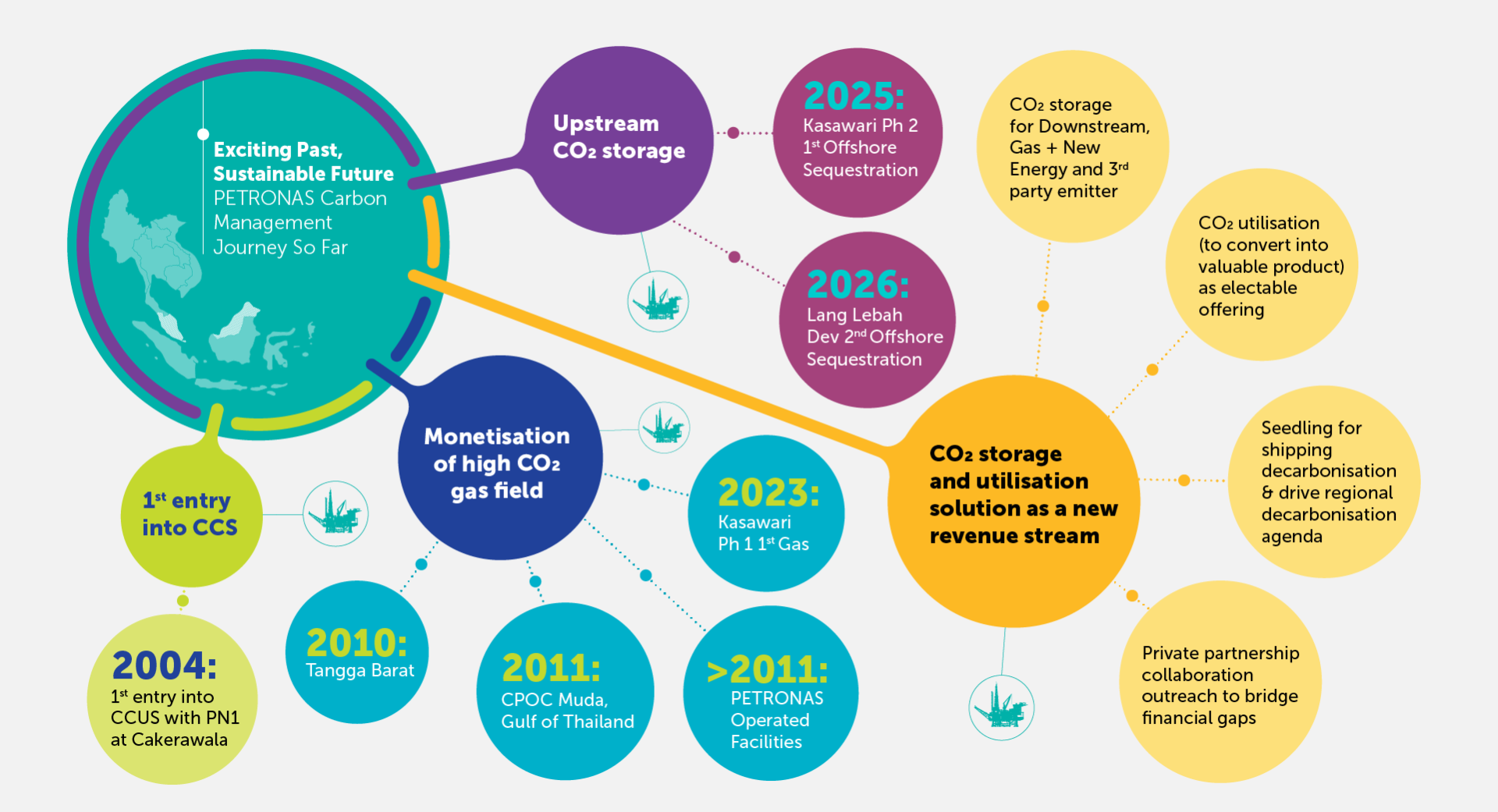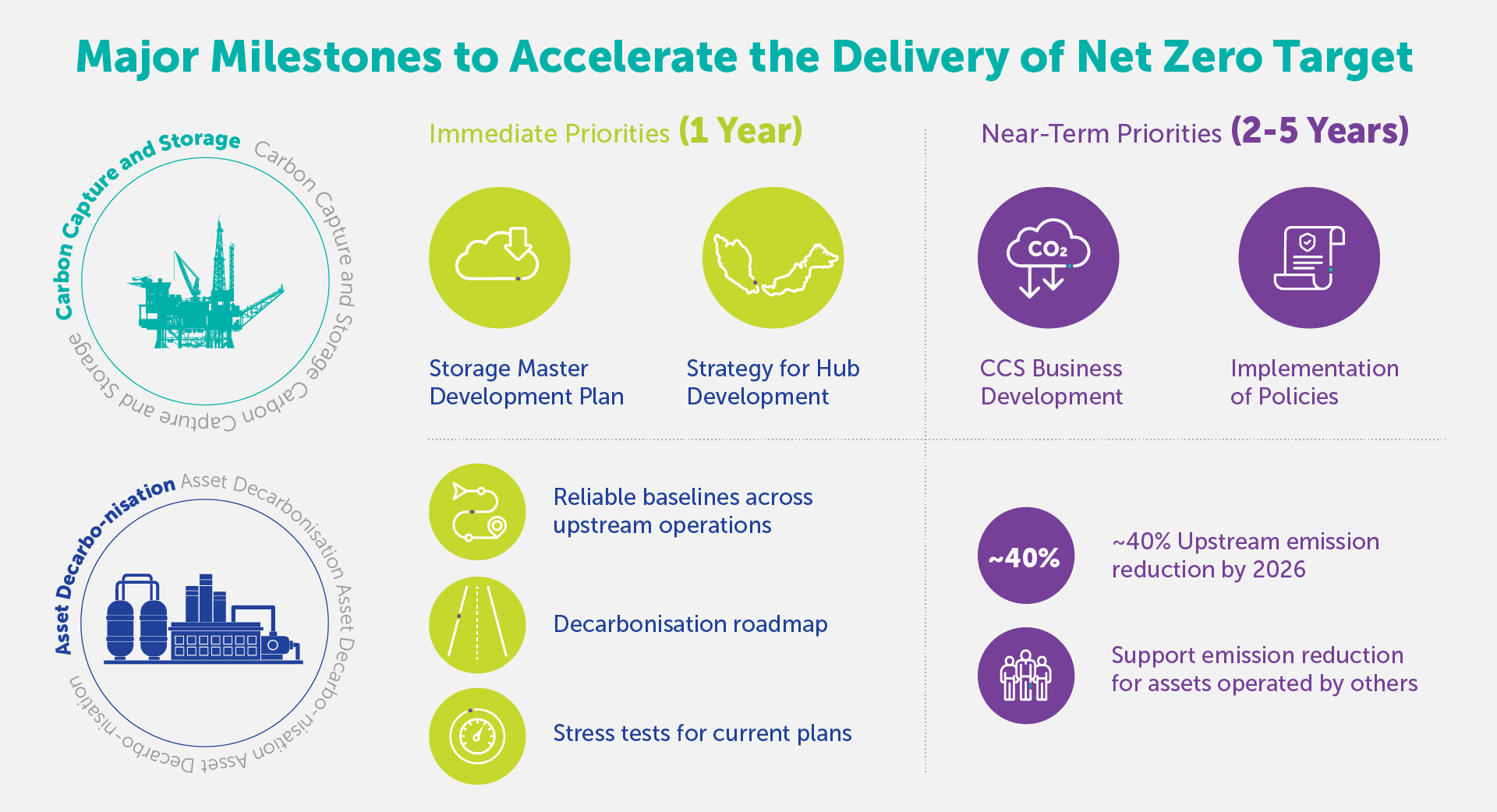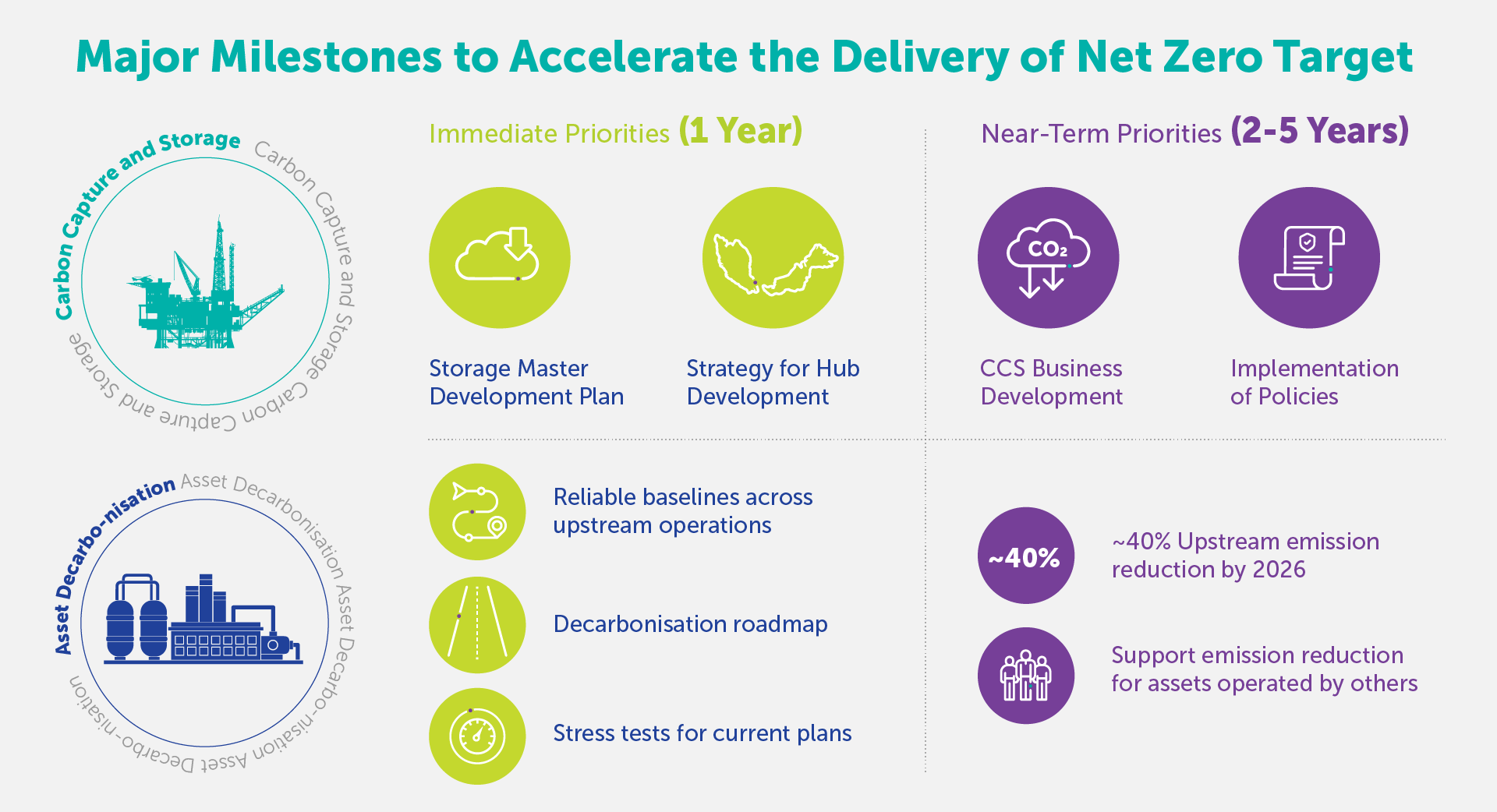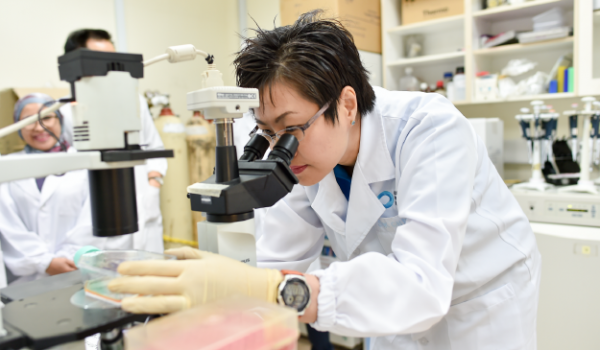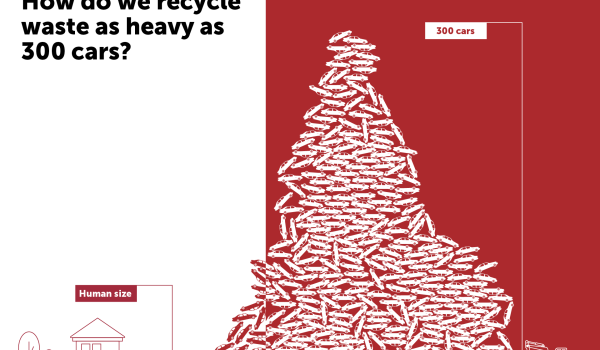The fast-paced energy transition demands innovative and breakthrough technological solutions and to help meet its complex challenges, companies around the world are turning to technologies that will help them accelerate achieving their carbon reduction ambitions while offering energy solutions that emit lower carbon.
In taking deliberate steps to build a resilient and sustainable portfolio to support the transition towards low-to-zero carbon energy sources, in November 2020, PETRONAS became the first oil and gas company in Southeast Asia to declare its net zero carbon emissions by 2050 aspiration.
Two years on, PETRONAS continues to progress in its journey towards a lower carbon future, and this year alone, its Upstream operations has successfully reduced 29 per cent of its greenhouse gas (GHG) emissions. In expanding its lower carbon solutions, the company delivered two carbon neutral LNG cargoes to its client in China, in the first quarter of 2022. At downstream, business has further ventured into supplying sustainable aviation fuel as well as the providing charging facilities for electric vehicles (EV) at selected petrol stations.
Taking this further, PETRONAS has established the Carbon Management Division (CMD) in early 2022, to pursue key low-carbon initiatives prioritising carbon dioxide (CO2) management and development of Carbon Capture and Storage (CCS) business.
“There are two parts to how we are doing it. First, we look at physical decarbonisation of our existing facilities through improving operational efficiency to cut down venting and flaring to reduce methane emission. Another team looks at CCS where we are not just managing Upstream’s CO₂, but the entire PETRONAS’ operations including Downstream and Gas businesses,” explains PETRONAS’ Head of Carbon Management Division, Emry Hisham Yusoff.
For CCS, the division will be looking at managing storage readiness as well as the offerings for PETRONAS’ high CO2 fields in Upstream. “We will then branch out and expand to offer CCS as the pathway of decarbonisation for industries in the region,” said Nora’in Md Salleh, Head of Carbon Capture and Storage at CMD.



